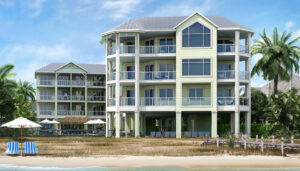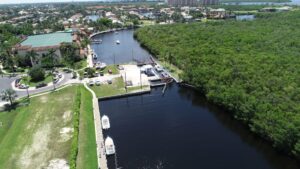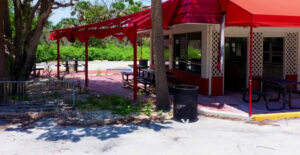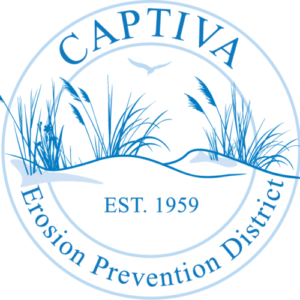The Sanibel Island Prescribed Fire Task Force has announced its 2025 plan for prescribed burn operations on the island. If environmental conditions are favorable, two specific areas have been selected for this year: the Legion Curve Unit and the Botanical Site Unit.
This announcement was shared at a community meeting held on March 27 at the Sanibel Recreation Center. Representatives from the J.N. “Ding” Darling National Wildlife Refuge, U.S. Fish and Wildlife Service (USFWS), Sanibel-Captiva Conservation Foundation (SCCF), City of Sanibel, Sanibel Fire and Rescue District, and the Lee County Mosquito Control District provided insights into the reasons behind prescribed burns and what residents can expect.
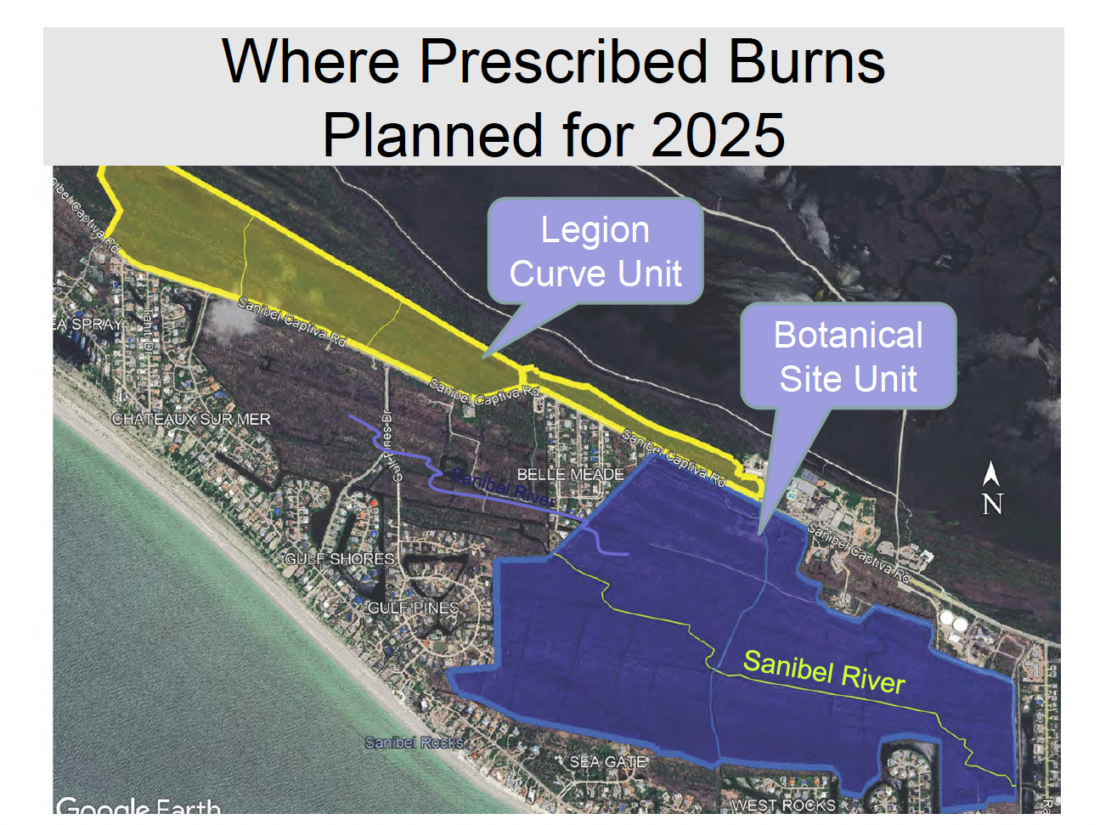
Purpose of Prescribed Burns
Kevin Godsea, Project Leader of the “Ding” Darling Complex, explained that prescribed burns are a critical tool for habitat management. The current management plan, established in 2010, focuses on the freshwater spartina marsh areas. The goal is to promote native cordgrass growth by 20 percent and reduce invasive woody vegetation by at least 10 percent through herbicide treatment and controlled burning.
Prescribed burns offer several benefits:
-
Mitigate the risk of wildfires
-
Maintain fire-dependent ecosystems
-
Support mosquito control efforts
-
Restore hurricane-impacted lands
-
Encourage regrowth of native vegetation and seed germination
Godsea noted that while Sanibel has experienced 15 wildfire events since 1984, current conditions — including moist soil from a wet winter and previous storm surges — suggest low fire potential this year.
How Prescribed Burns Are Managed
Prescribed burns are carefully planned and only executed under specific conditions:
-
Clearly defined ecological and safety objectives
-
Sufficient soil and vegetation moisture
-
Acceptable weather conditions, such as wind speed, direction, temperature, and humidity
Burn operations are tentatively scheduled for the summer and fall. The exact date of each burn will be determined based on conditions in the days and weeks leading up to the event. Public notifications will be issued several days in advance.
USFWS Assistant Fire Management Officer Brian Pippin outlined this year’s burn targets:
-
Legion Curve Unit, located across from the American Legion
-
Botanical Site Unit
Benefits for Mosquito Control
Robert Scarpantonio from the Lee County Mosquito Control District highlighted that prescribed burns also play an important role in mosquito management. By reducing ground and canopy vegetation, burns allow for better spray coverage, improved visibility for inspections, and more effective insecticide application. This results in decreased mosquito egg viability and a stronger impact on larval populations.
SCCF Land Management Efforts
Although SCCF does not have prescribed burns scheduled this year, it continues to manage approximately 1,800 acres on Sanibel. Current projects include the removal of dead vegetation and replanting efforts to reduce fire risks and restore native habitats.
Ongoing work includes:
-
Debris removal on SCCF-owned properties along Sanibel-Captiva Road
-
Replanting of the McGregor properties, West Sanibel River Preserve, and Bailey Homestead Preserve
-
Planned restoration at Dayton Preserve and Valade Preserve
Resident Safety Recommendations
Sanibel Fire and Rescue District Deputy Fire Chief John DiMaria shared essential tips for residents to prepare before and during a prescribed burn:
Preparation Tips:
-
Bring outdoor furniture and belongings indoors
-
Park vehicles in garages
-
Close windows and run air conditioning
-
Cover pools
-
Keep pets inside
-
Remain indoors or consider leaving the island for the day
Long-Term Firewise Practices:
-
Maintain defensible space around your home
-
Choose low-flammability, well-maintained landscaping
-
Use fire-resistant building materials and roofing
-
Limit flammable attachments (e.g., wooden decks)
-
Develop a household disaster evacuation plan
DiMaria emphasized the importance of being prepared for wildfires just as residents would for hurricanes.
Firewise Landscaping Guidance
Joel Caouette, environmental biologist with the City’s Natural Resources Department, encouraged residents to adopt firewise landscaping strategies. This includes regularly trimming vegetation near buildings and selecting fire-resistant plant species such as:
-
Red Maple
-
Spanish Bayonet
-
Firebush
-
Beautyberry
-
Sea Oxeye Daisy
-
Tickseed
Caouette also explained the city’s communication strategy. When prescribed burns are scheduled, the city will distribute press releases, neighborhood flyers, and updates via social media. Those on the smoke-sensitive list will receive direct notifications 24 to 48 hours before a burn.
Stay Connected and Informed
-
Watch the full meeting on the City of Sanibel’s Facebook page
-
Sign up for city announcements at www.mysanibel.com
-
Join the smoke-sensitive notification list by contacting Joel Caouette at joel.caouette@mysanibel.com
-
For questions or firewise landscaping support, contact the Natural Resource Department at 239-472-3700

